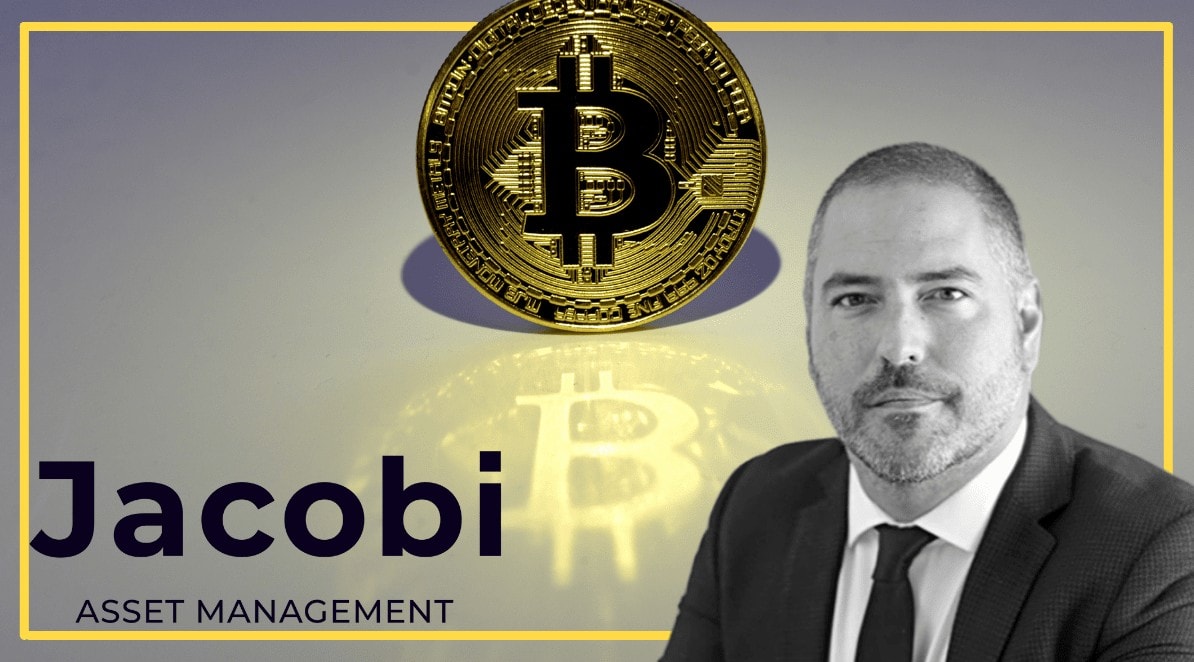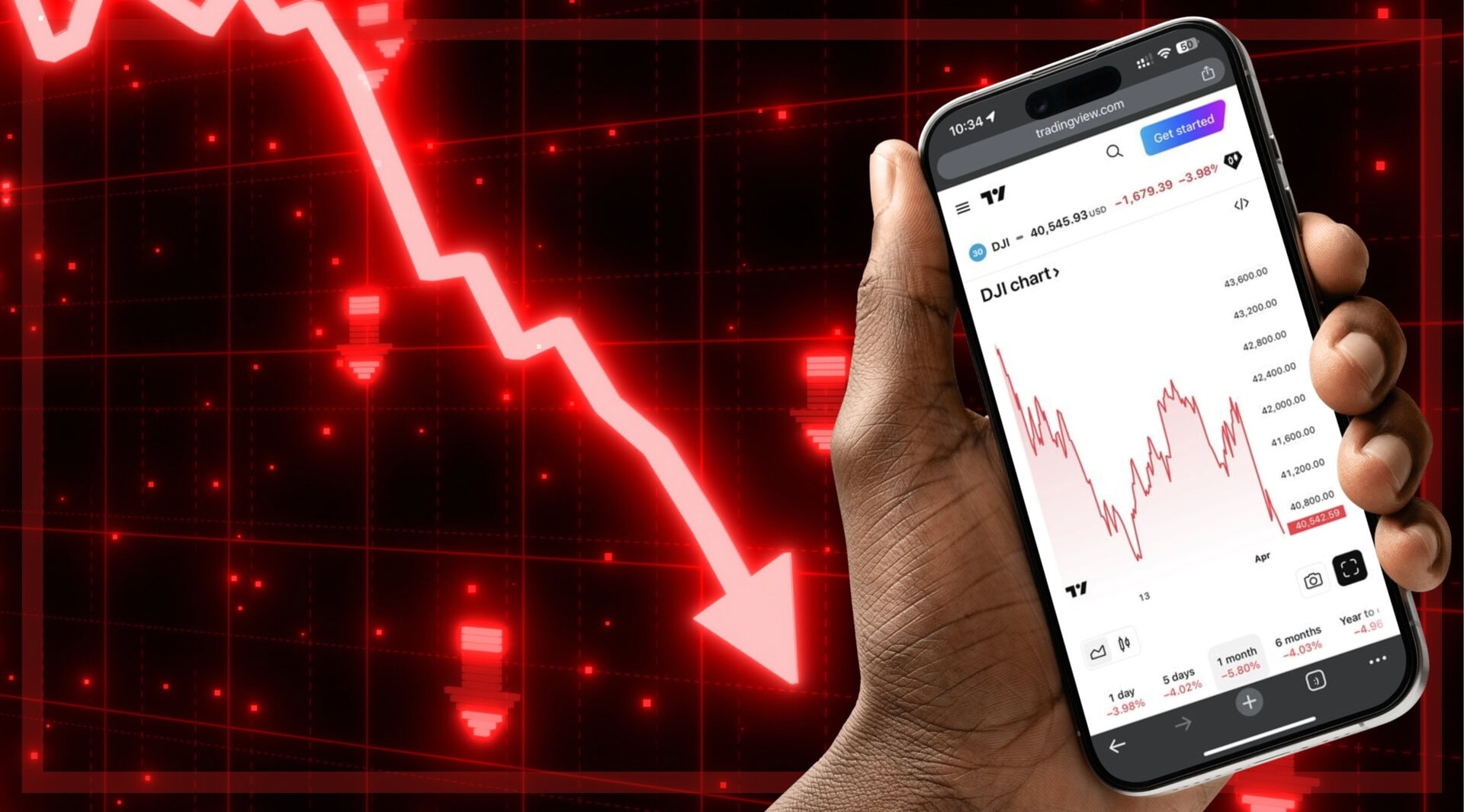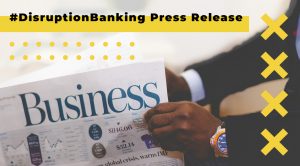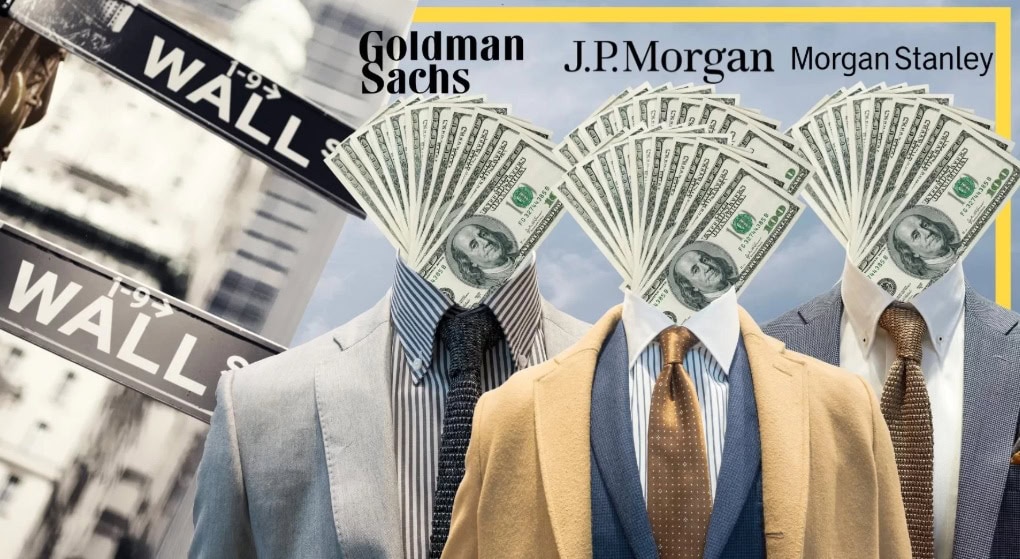ETFs have been the buzzword for both the finance and crypto industries in the last quarter of 2021. Australia’s contribution has been the BetaShares ETF (a fund investing in global crypto-linked companies) launching in early November and delivering over $40m in trades on the ASX debut. This surge of trading interest mirrors the market in the U.S. where a number of crypto exchange traded products (ETPs) were approved by the SEC. This trend is believed to continue as further ETF products are approved. While it may not be truly global in its disruption today, recent market reactions have shown that investor demand for crypto ETFs is unprecedented.
Bitcoin and Crypto strategy ETF listed iin Australia, smashing local records for an ETF.
— Bitcoin Archive 🗄🚀🌔 (@BTC_Archive) November 4, 2021
read more:https://t.co/01gLRVSO0S
There are a number of crypto products out there, however not all ETFs are built the same.
Spotlight on Bitcoin ETFs
Investopedia, as always, offers an insight, explaining how a bitcoin ETF mimics the price of the digital currency, allowing investors to buy into the ETF without trading bitcoin itself. A bitcoin ETF also means that one doesn’t have to go through the whole rigmarole of setting up a wallet with a private key or similar unregulated crypto exchange account.
There are ETF’s that can also track shares in firms such as Coinbase, MicroStrategy and others who are exposed to cryptocurrencies, like in the case of the Australian bitcoin ETF. The description implies there is bitcoin in the ETF but that is not the case. ‘Bitcoin futures’ are another type of bitcoin-related ETF that does not hold the physical asset but a derivative of it. In the case of a ‘spot’ (or physically backed) bitcoin ETF, the biggest benefit for investors is that you can short sell bitcoin in ETF units.
Interestingly, bitcoin futures ETFs come at a higher cost than just buying cryptocurrencies directly. Market participants “will face a cost to rolling into the futures contracts, given contango …. Translating into underperformance versus the underlying asset,” Martha Reyes, head of research at digital asset prime brokerage and exchange BEQUANT said.
European bitcoin ETF successfully launched in October 2021
Whatever the U.S. can do, Europe doesn’t often do better. With Australia though, just using Open Banking as an example, Europe has done it better. Therefore, it was no surprise that a European bitcoin spot ETF has successfully launched:
Jacobi Asset Management received the go-ahead from Guernsey regulators Friday for an institutional-only bitcoin ETF.@realDannyNelson reportshttps://t.co/RgYmFdXAYl
— CoinDesk (@CoinDesk) October 15, 2021
“Jacobi Bitcoin Exchange Traded Fund (ETF) provides the safest and simplest way for institutional, professional and sophisticated investors to access Bitcoin. Trading in the same, familiar way they would any other equity-like investment product.” Are just some of the soundbites one can glean from Jacobi’s website.
#DisruptionBanking spoke with Jamie Khurshid, former Goldman Sachs leader and veteran of financial markets regulation, who is spearheading Jacobi Asset Management.
Jamie first looked at setting up a crypto exchange back in 2012, when he was a partner at Cinnober Financial Technology (who were later acquired by Nasdaq).
However, the project at Jacobi has mainly been completed under the radar. The lack of hype, Jamie explained, was because “until we had something to say, until we were making a difference, there’s no point in talking.”
Jamie explained how “we [Jacobi] are much more of a collaborative model, our approach is very collaborative. We want to help create the market structure.”
The link between the crypto market structure and traditional market structure is missing, Jamie pointed out. This is where Jacobi have found a solution, “we’ve been working on this for a year with the regulators, with our suppliers and partners.” Jamie explained.
“So that institutional firms can get access to [crypto] without having to touch the physical Bitcoin.” Jamie believes the incumbent market participants have done a good job to get it to where it is for retail. But it takes new entrants to continue developing the market structure for this nascent asset class to be adopted by the institutional investors, “without them, we wouldn’t have got to where we are. I am personally humbled by the overwhelmingly positive reactions to our successful launch.”
The Jacobi Bitcoin ETF was developed to meet regulatory standards by Christopher Jehan, Head of Fund Architecture and former Chair of the Guernsey Investment & Funds Association (GIFA).
Whilst Jamie makes it sound so simple, the art of creating a sophisticated financial instrument is more complicated than it at first appears.
Setting up a Bitcoin ETF
Even before the current story of U.S. and Australian bitcoin ETFs came to light, there was already a bitcoin ETF in Canada. It’s currently trading on the Toronto Stock Exchange:
Canadian regulator clears launch of world's first bitcoin ETF: investment manager https://t.co/oEbVGkES5h pic.twitter.com/RmyjDYOtJA
— Reuters (@Reuters) February 12, 2021
The Canadian ETF is only available for Canadians at present. Whilst in the U.S., Jamie shared, established firms are trying to service demand in the bitcoin futures markets those funds in Canada have shown exists. Whether these are really close enough to physical bitcoin itself is up for debate, the instruments look more like derivatives on a derivative to Jamie.
“Until the regulator in the U.S. comes up with a solution that allows for physical ETFs to be approved, we’re not going to see exactly what that demand is.” Jamie explained. “I think the futures ETF is a good step forward, but it’s not quite there.”
“Our ETF is probably the only one that will actually demonstrate really what the appetite is,” Jamie highlighted.
With any financial instrument, one must always consider the Regulator.
“One of the things the regulator asked me was why I was doing this, and for my personal view on the individuals who are shilling and pumping crypto. How that affects the behaviour of the markets and how bitcoin is so volatile as a result.”
“I told them that without a regulated product, these individuals think they can say anything they like without consequence. If we don’t do anything then we’re only adding to the problem because people will continue to manipulate the markets and pump out misleading information for their personal gain. People are still listening to Saylor (of MicroStrategy), and the Winklevoss twins, and Musk, all of whom are long on Bitcoin. Elon, to me, appears to enjoy manipulating markets just because he can.” Jamie shared.
The SEC in the U.S. is cautious when it comes to cryptocurrencies, as is the FCA in the UK. There are other organisations like the International Swaps and Derivatives Association (ISDA), which are working towards helping bridge the gulf between the crypto and traditional markets. Jamie isn’t the only one who shares concerns about how far regulation has caught up with where cryptocurrencies have led us.
Where do you list your bitcoin ETF in Europe?
Whilst most people would expect a fund like Jacobi to list on the London Stock Exchange, this isn’t quite how it works.
“We are doing two things,” Jamie shared. “One is the pre-funding before we list on exchange as we have seen a lot of appetite from fund managers just looking to get exposure through the first-ever regulated crypto product in Europe. Then the idea is that we will list it on CBOE Europe. Within CBOE, the London market is where we prefer to launch as it is institutional only. So, at the moment we’re putting an application into the UK listing authority.”
CBOE is approved to operate a Multilateral Trading Facility (MTF) by the UK’s Financial Conduct Authority. According to the European Securities and Markets Authority (ESMA), there were 223 MTFs recorded in 2019. The largest MTF, in terms of annual trading volumes was CBOE Europe (BCXE) with EUR 3.4tn. The second was Goldman Sachs (SI) with EUR 2.1tn and the London Stock Exchange (RM and MTF) EUR 1.9tn.
Jamie himself led a project, in 2007, to develop the first MTF in Europe. It is now owned by the London Stock Exchange Group and called Turquoise.
Jamie doesn’t rule out having other listings, including a European venue. He explained how his firm had been approached by a number of markets, not only in Europe but in Asia too, highlighting a further opportunity for Jacobi.
More importantly, though, Jacobi’s ETF will be the world’s first tier-one bitcoin ETF. Jamie explained how this was not only a reflection of the global distribution, (excluding the U.S.), and the venue of listing, but also in order to reassure the market of the quality behind the fund. The quality of advisors, of suppliers and the inception of the fund itself.
“If you create an exchange without any regulation, downloadable from GitHub for instance, then the cost can be nothing, but expect the quality to be closely correlated with the cost and the demand from regulated firms to follow even closer” Jamie explained.
“Clearly,” Jamie continued, “a regulated ETF, with a physical holding of bitcoin, managed by the fund itself and custodied with one of the World’s leading asset managers is going to be more expensive to operate safely than a futures ETF that doesn’t have any bitcoin to custody.”
“As ETFs with these assets in custody get approved, you will see a bit of a race to the bottom from issuers that come after Jacobi as this is all they have to differentiate themselves when offering a single asset ETF. You’ve seen it in America, with the futures ETFs who are already competing over costs, with the risk that they may become unsustainable or revert to sub-standard or lower quality processes to make any margin”. Don’t ask me why a futures ETF would have a high management fee in the first place.”
The market potential for bitcoin doesn’t seem to have any limits. Whilst the cryptocurrency hovers over $60,000, the question remains how much more can it grow? And how much longer before traditional investors will be able to buy and sell it the same as any Tesla or MicroStrategy or any other publicly traded share?
Whilst we wait for more clarity, Jacobi’s bitcoin ETF is well worth following.
Author: Andy Samu
#BitcoinETF #Regulator #CBOE #Australia #Canada #Collaboration #CBOEEurope #Bitcoinfutures #JacobiAssetManagement
















2 Responses